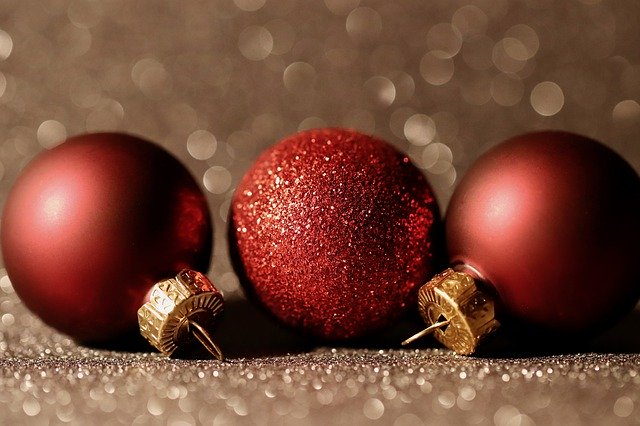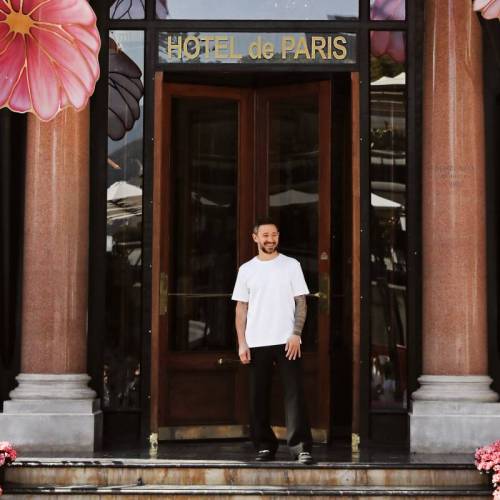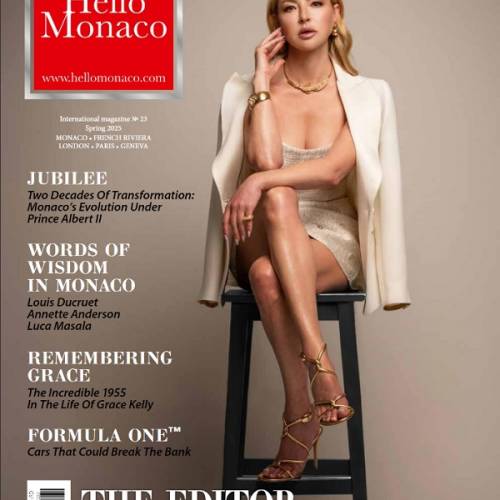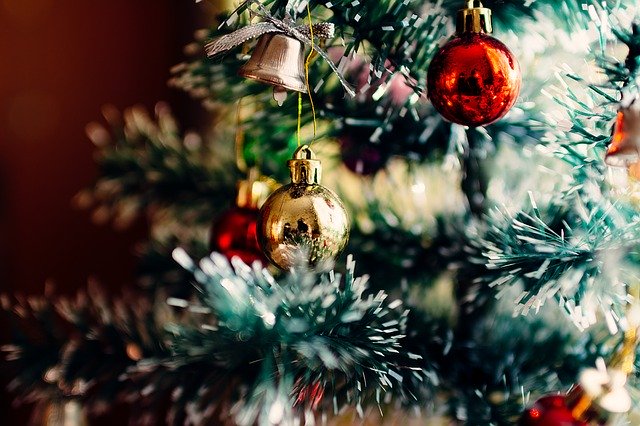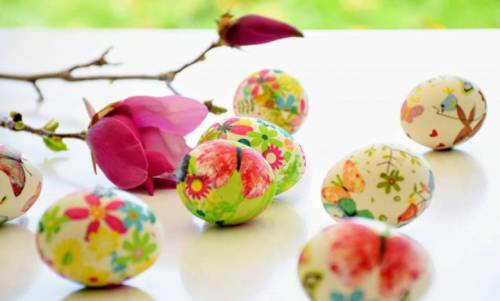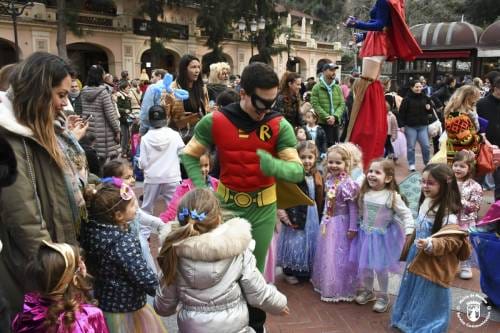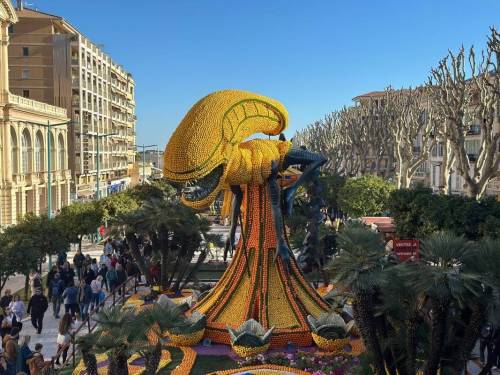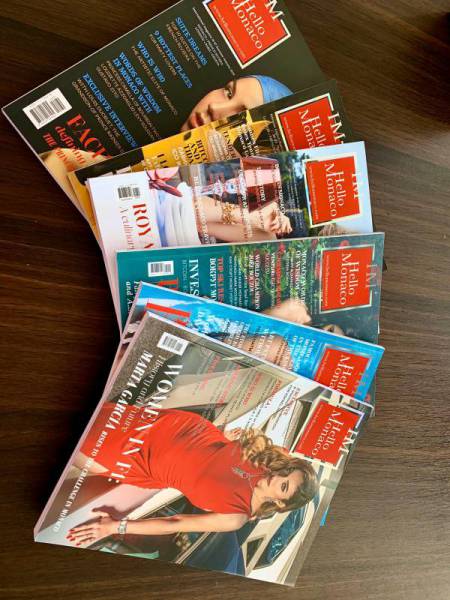Now with the onset of Christmas time everyone seeks to celebrate this holiday following the traditions of their families and ancestors. And this is how Christmas and New Year have been celebrated in France for centuries.
If you are interested in knowing more about the history of Christmas traditions in France, this article will provide some answers.
So just how are the French celebrations different from the Monegasques on this most solemn day of the year?
Just like in Monaco, France starts to celebrate its Christmas on 4 December, St. Barbara’s Day, and continues as far as Candlemas (2 February).
Nativity crib
The Nativity crib is naturally one of the main Christmas symbols. It is believed that in the 13th century, Francis of Assisi started a tradition of performing Nativity scenes in an abandoned barn, involving both people and animals. After the Revolution, nativity scenes were displayed in every home and this Provencal tradition quickly spread across all of France.
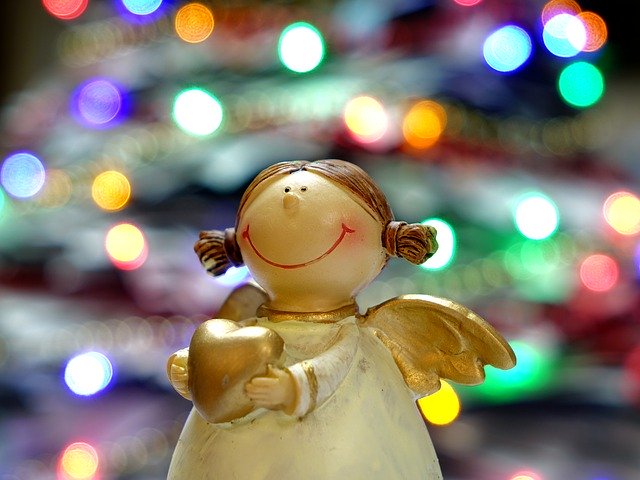
In fact, the nativity scene is a perfect embodiment of a village where everything is in its place, including the animals. Provence has two Nativity variations. One set shows a communal life with its houses, wells, bakery, a water mill, snow, pines and olive trees, and traditional illuminations in the sky. The second set represents Jesus’s crib with the Virgin Mary and Joseph by his side, a donkey, a bull and the star of Bethlehem which would later guide the Magi and other people coming to visit them.
Rockin’ Around the Christmas Tree
The main Christmas symbol in France is a Christmas tree. The tradition came to France from Germany in the 16th century. In those days, the trees were decorated with sweets, candies and apples, which were a rare delicacy in the midst of the winter. Everything changed in 1858 when the drought took most of the summer harvest in France. Little provisions were left in French homes by Christmas time.
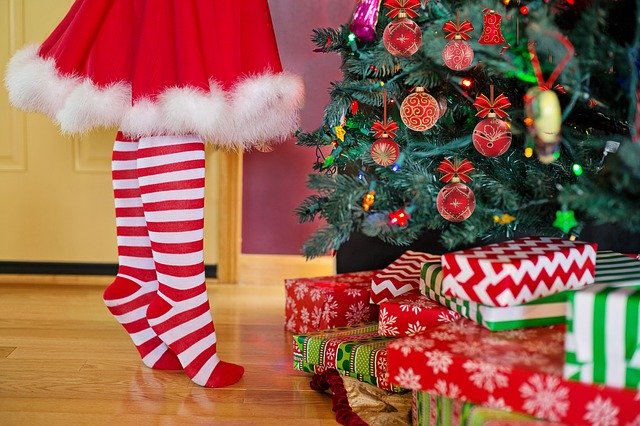
A glassblower from Moselle then came up with the idea of replacing apples by colorful and shiny painted glass balls. The locals were so pleased with it that the tradition of these Christmas decorations eventually spread all across France. It was then adopted in Germany and later on in other countries. The glass-blowing factory that originally produced the glass ornaments is located in Goetzenbruck, the district of Moselle.
Have You Heard of Christmas Log?
A Christmas log is a necessary feature of every festive table in France. It is a traditional chocolate roll in the form of a tree trunk topped with powdered sugar, and marzipan berries, mushrooms and leaves. This Christmas log comes from the medieval tradition of burning a cherry tree trunk in a fireplace, which was considered a lucky omen for the house. It was seasoned with oil and wine and lit using wood chips from the previous year.
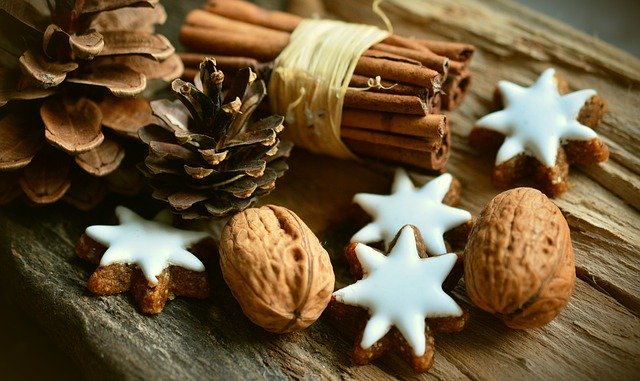
The ashes were kept all through the year and considered a symbolic protection of the home. Frederic Mistral, a famous Provençal poet, described the Christmas log ritual as follows: “In the old days, on a Christmas Eve, when the blessed olive log ashes were smoldering after a great feast, the oldest member of the family would empty the last glass of wine and an angel’s voice would be heard in a deserted and darkened street.”
Mistletoe Hung Where You Can See
Mistletoe is another Christmas symbol in France. Nowadays there is a tradition of kissing your beloved or any other person you care about under a sprig of mistletoe. It is believed to come from the Roman Saturnalias of the winter solstice. On this day, wedding ceremonies were held and guests were allowed to kiss even complete strangers. The modern European tradition of kissing under mistletoe, however, dates back to the Renaissance times when two people would kiss and nip off a mistletoe berry. Those who deliberately kissed under the wreath on Christmas were considered betrothed and would have their wedding in the coming year. Mistletoe also symbolizes luck and prosperity. A traditional French greeting therefore goes: “with mistletoe into the New Year!”
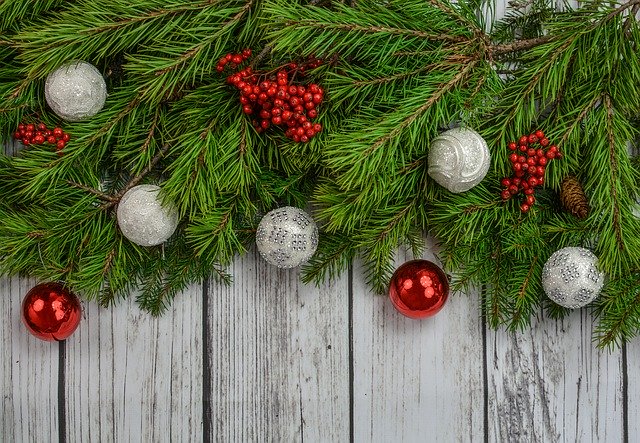
On Christmas Day all the cathedrals of France hold Christmas evening concerts. But the main festive service is usually held at the Cathedral of Notre Dame.
La Galette des Rois or a King’s Cake
Another typical French tradition is eating “a king’s cake” (la galette des rois). Made of puff pastry, with cream stuffing, it used to contain a bean (in the 18th century, the bean was replaced by a Christmas porcelain figurine). This fun tradition is still very popular with the French. A family cuts this surprise cake into several parts so that one piece is left extra. This piece is considered to be the “Virgin Mary’s portion.” According to an old tradition, it was given to the first person that would knock on the door, such as a beggar or an unexpected guest. These days it usually just remains on a separate plate. The youngest of the participants is blindfolded or allowed to get under the table to distribute the king’s cake among the rest of the party. The lucky one who finds the porcelain figurine is proclaimed king or queen.

Under the general toast (“The King drinks!”) the winner empties his or her glass of wine and can choose a spouse (a Queen or a King accordingly). A less lucky one who finds a bean in their piece of cake must buy the cake or champagne for the next year. In the South of France the preference is to have a pie cake, a brioche, in the form of a crown. It also contains a figurine and a bean. The brioche is sprinkled with powdered sugar and decorated with candied fruit.
Magical France: Christmas Fairs & Markets
Christmas fairs are one of the most colorful traditions in both France and Monaco. They open early December and attract many tourists and local residents to their cities. The most famous Christmas market in Europe is held annually in Strasbourg, the capital of Alsace. Its tradition dates back to 1570. For five weeks this historic city on the border of France and Germany becomes the “Christmas capital of Europe” and turns into a giant magical decoration for the main winter celebration in the Christian world.
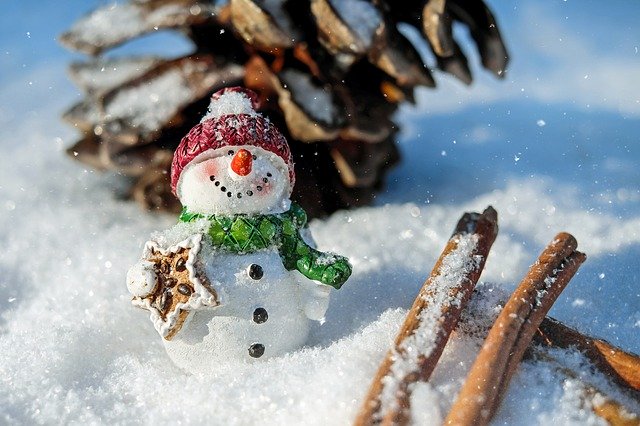
The history of the Fair began in the 14th century when it was called St. Nicholas Fair. In 1570 under the pressure of the Reformation, the name of the Catholic saint was replaced with the name of the Christ child. Since then, the Fair is called Christkindelsmärik. The twelve squares of Strasbourg host hundreds of festively decorated wooden chalets. Souvenirs and local delicacies, Christmas decorations, handicrafts and other festive utensils all get sold very quickly. If you want to taste traditional Alsatian cuisine, some of the dishes are cooked right there in the street.
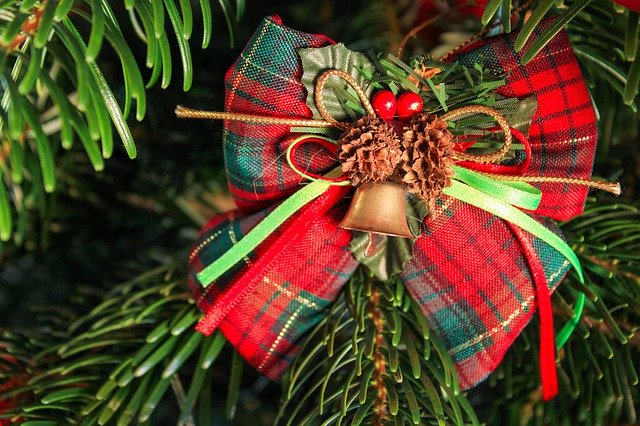
Over the many years the fair has been held in different places. Usually twelve Christmas markets are open all across the city: Christkindelsmärik on Broglie Square and other Christmas markets on the Cathedral, Castle and Crow squares. The Gutenberg Square hosts a Swiss village; the Station Square is an arts and crafts market. All the streets hold small themed artisanal fairs. The Kleber square is very festive thanks to its elegantly decorated fir tree brought straight from the mountains.
Every year a particular country is invited to be an honorary guest at the Strasbourg Fair. Craftsmen, chefs and winemakers thus introduce the visitors to the customs of their country. A special cultural program includes film projections, dancing and folk music performances.
Merry Christmas and Happy New Year to you!
